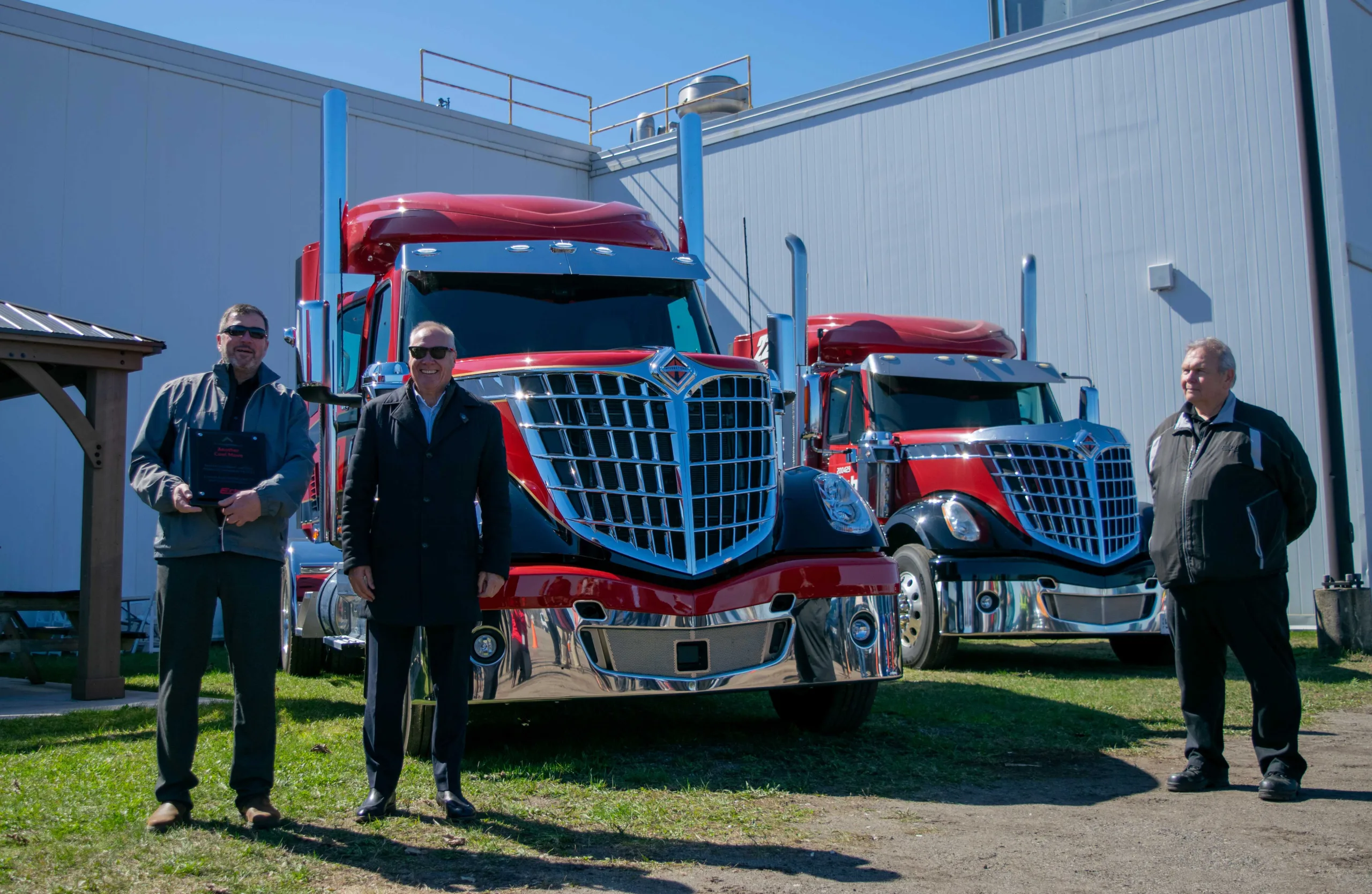Starting on September 29, 2020, the U.S. Department of Transportation Hours of Service (HOS) rules will be changed to provide drivers and fleets with more flexibility for their hours on and off the road. In less than a week, drivers can start operating under the new regulations, allowing them to stop their 14-hour clock for up to three hours. It also allows them to split the 10-hour off-duty period into two different portions.
Hours of service regulations control how long a commercial driver can operate without resting. They were put into place to ensure drivers are well rested while behind the wheel and to reduce the risk of fatigue-related trucking accidents on our roads. These new regulations are a major step forward in allowing drivers to rest and does not compromise safety. The new guidelines are designed to be less complex and allow truck drivers the ability to customize their shift to meet their individual needs.
Here is a breakdown of the changes :
- Short-haul exception: Expands the short-haul exception to a 150 air-mile radius and allows a 14-hour work shift to take place as part of the exception.
- Adverse driving conditions exception: Expands the 14-hour window during adverse driving conditions by up to an additional two hours.
- 30-Minute break requirement: Changes the 30-minute break after 8 hours of driving time to allow an on-duty/not driving period to qualify as the required break.
- Sleeper berth provision: Modifies the sleeper berth exception to allow a driver to meet the 10-hour minimum off-duty requirement by spending at least seven, rather than at least eight hours in the berth, paired with an off-duty period of at least two hours spent inside or outside the berth, provided the two periods total at least 10 hours. Neither qualifying period counts against the 14-hour window.
Drivers that are operating under the current regulations already can continue to follow them after September 29i and will remain fully compliant. As previously stated, the new rules allow more flexibility should the driver wish to use them. In today’s world, ELDs (Electronic Logging Devices) will provide the driver reassurance of whether they are compliant or not.
The trucking industry is always evolving to make our roads safer and our fleets more efficient. How will the new HOS regulations affect your day? Share your thoughts in the comments.
For more information on these changes, please follow the links below:
Sources:
https://www.fmcsa.dot.gov/regulations/title49/part/395
https://www.fmcsa.dot.gov/regulations/hours-service/summary-hours-service-regulations
 Portail Client
Portail Client 



